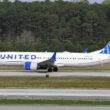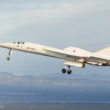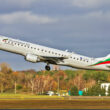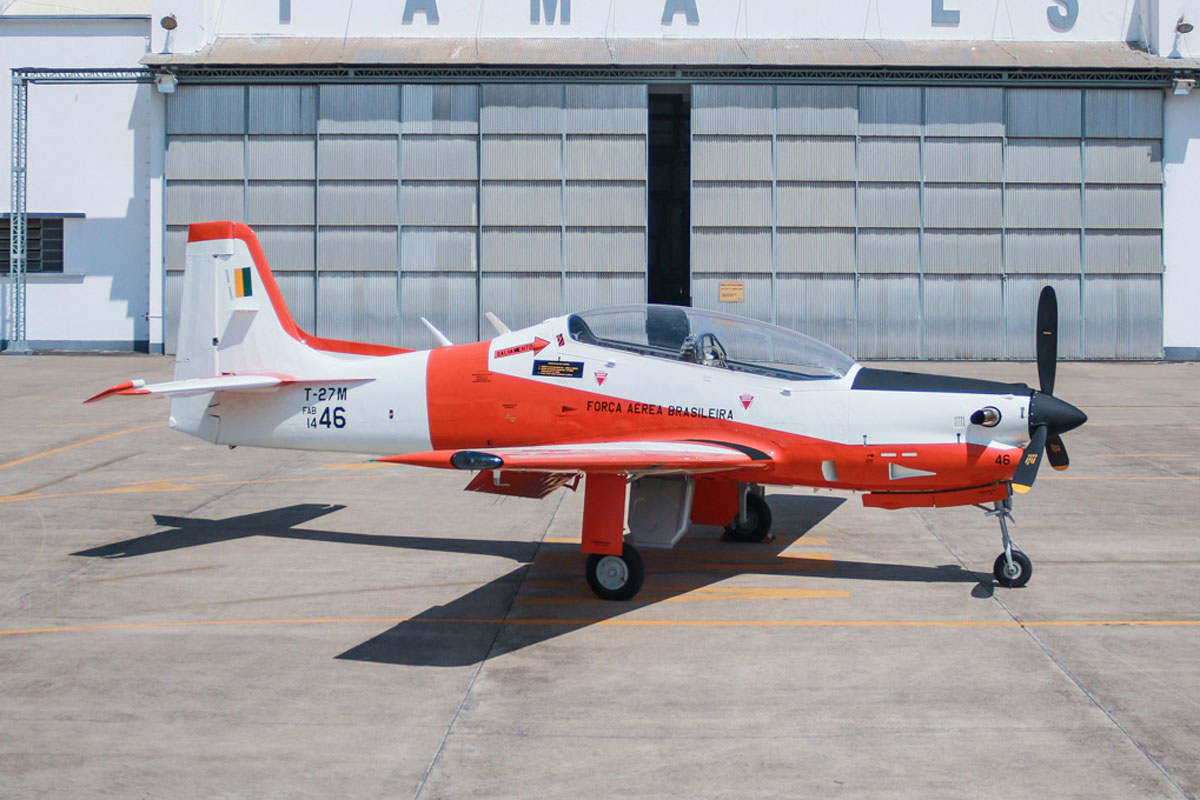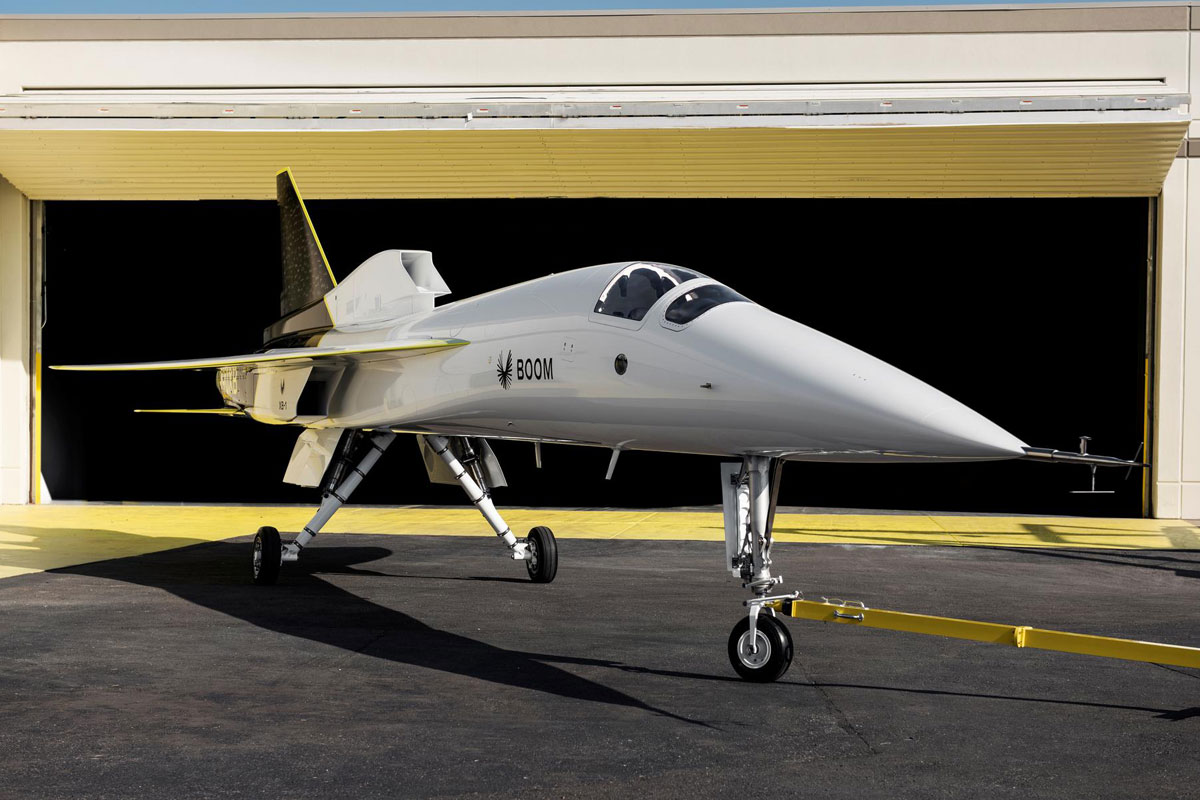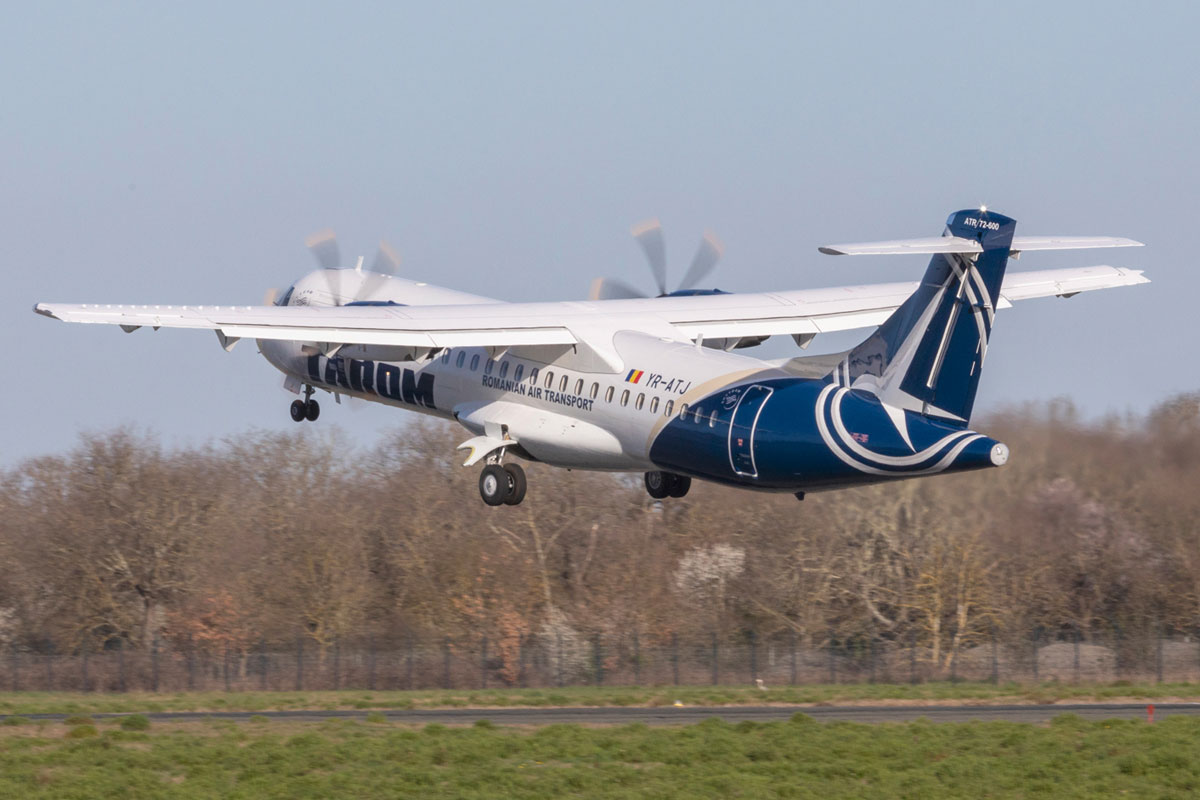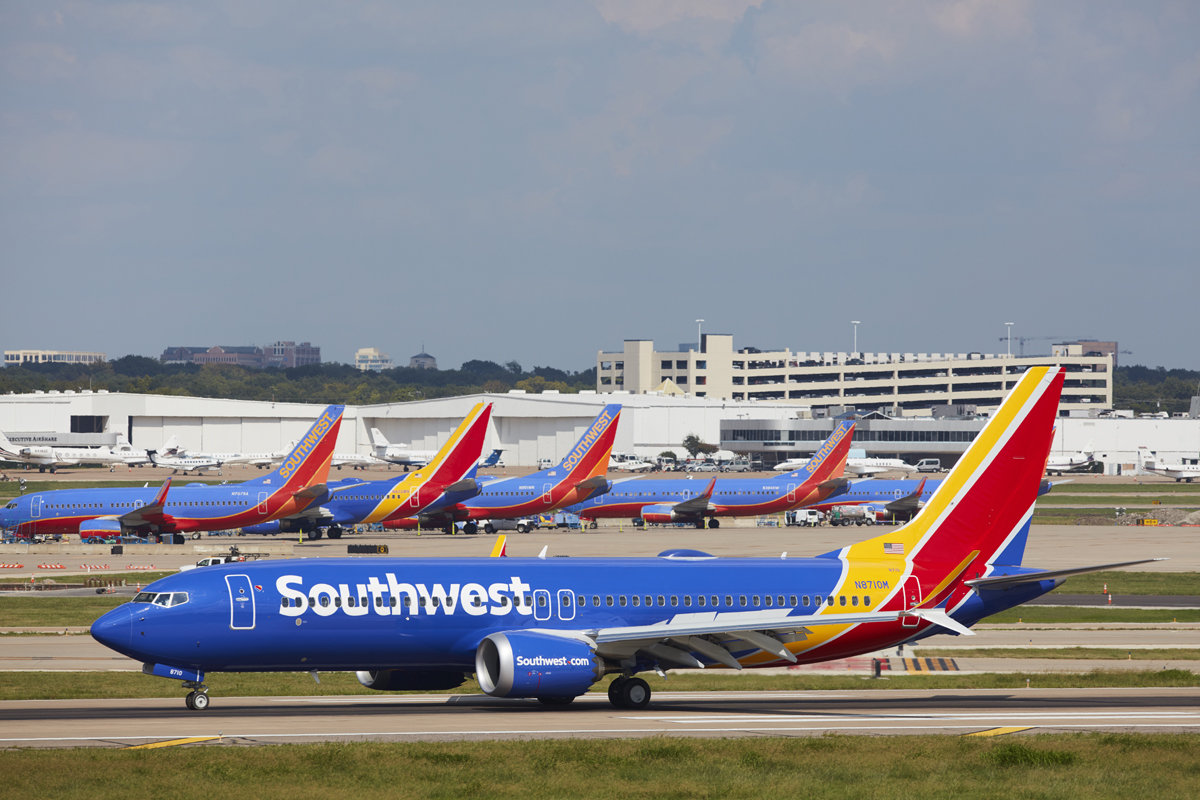On a rainy and gray morning, as if anticipating the sad moment that was to come, British Airways flew the last Boeing 747 flights from its fleet. Two units of the famous jet took off around 7:47 this Thursday from London Heathrow Airport, for a fly past before heading off to retirement.
To mark the farewell event, the airline used the G-CIVB and G-CIVY planes, which show the “Negus” livery, used in the 70s and 80s, and “Chatham Dockyard”, the current one from BA. The takeoffs were broadcast live by the company on its Facebook.
The 747-400 G-CIVB entered service in February 1994 and made its last commercial flight in April, on the Miami-London route. During this period, this Jumbo accumulated 13,398 flights and 118,445 hours in the air.
The ‘Jumbo’ G-CIVY is more recent. It was delivered by Boeing in September 1998 and operated 11,034 flights accumulating 90,161 hours of operation. Its last passenger flight took place on March 20, coming from Chicago to the British capital, however, the aircraft was still used as an improvised freighter on a flight between Dallas and London on April 5.
On Wednesday, British Airways CEO Alex Cruz commented: “Tomorrow will be a difficult day for everybody at British Airways as the aircraft leaves our home at Heathrow for the very last time. We will pay tribute to them for the incredible part they have played in our 100-year history and to the millions of customers and BA colleagues who have flown on board and taken care of them.”
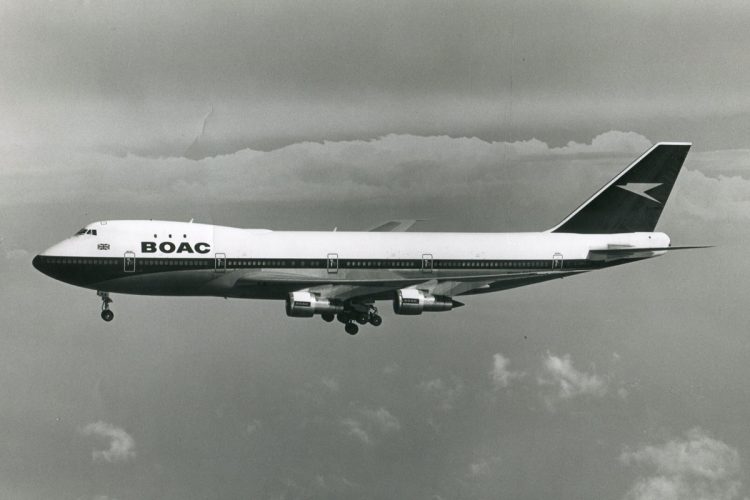
Long history at British Airways
The Boeing 747, although famous in various parts of the world, had one of its most traditional and loyal customers in the United Kingdom. British Airways’ relationship with Jumbo began with its predecessor BOAC, which debuted the four-engine aircraft on April 14, 1971, a 747-100 model.
The company also operated the 747-200 version, with extended autonomy until in 1989 it introduced the 747-400, which offered greater passenger capacity, range and fuel economy at the time and which became the largest operator in the world.
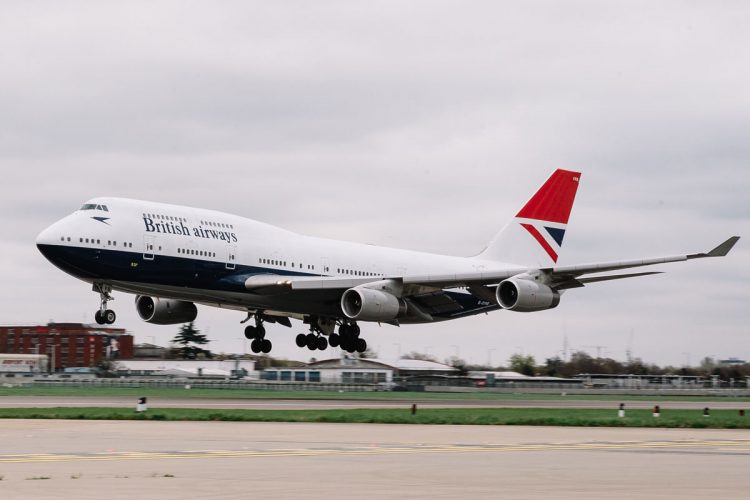
777-9 wil be the replacement of the 747
British Airways even had 57 747-400 jets in its fleet, but it had already reduced the number of planes to 36 units until shortly before the coronavirus pandemic.
With the end of the Jumbo operation, British Airways will have the 777, 787 and A350 as main long-haul aircraft. Its 12 A380s, currently grounded, may follow the path of the 747, but for now the company tries to schedule flights with the Airbus during the winter season.
The replacement for the 747-400 at BA will be the 777-9, ordered in 2019, but with a delayed development schedule. Almost as capable as Jumbo, Boeing’s new twin-engine passenger promises to be unbeatable in economy, however, it depends on the resumption of air traffic demand to justify its size.

